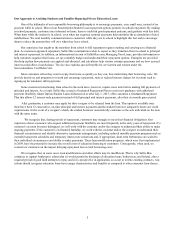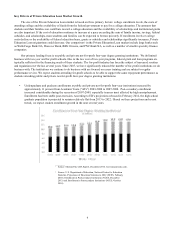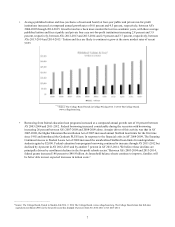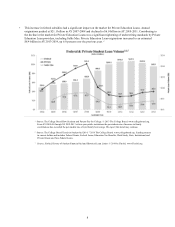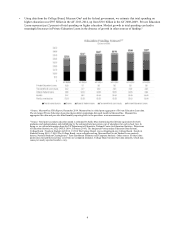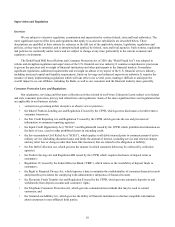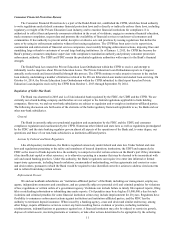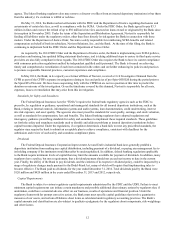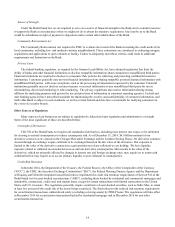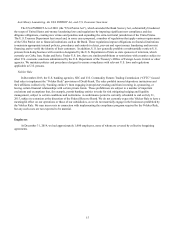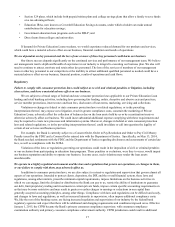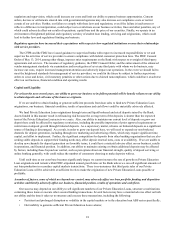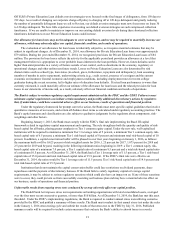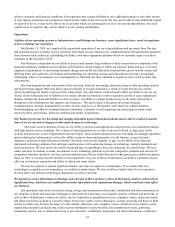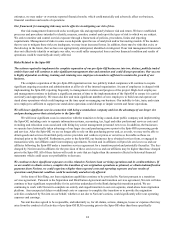Sallie Mae 2014 Annual Report Download - page 17
Download and view the complete annual report
Please find page 17 of the 2014 Sallie Mae annual report below. You can navigate through the pages in the report by either clicking on the pages listed below, or by using the keyword search tool below to find specific information within the annual report.Anti-Money Laundering, the USA PATRIOT Act, and U.S. Economic Sanctions
The USA PATRIOT Act of 2001 (the “USA Patriot Act”), which amended the Bank Secrecy Act, substantially broadened
the scope of United States anti-money laundering laws and regulations by imposing significant new compliance and due
diligence obligations, creating new crimes and penalties and expanding the extra-territorial jurisdiction of the United States.
The U.S. Treasury Department has issued and, in some cases proposed, a number of regulations that apply various requirements
of the USA Patriot Act to financial institutions such as the Bank. These regulations impose obligations on financial institutions
to maintain appropriate internal policies, procedures and controls to detect, prevent and report money laundering and terrorist
financing and to verify the identity of their customers. In addition, U.S. law generally prohibits or substantially restricts U.S.
persons from doing business with countries designated by the U.S. Department of State as state sponsors of terrorism, which
currently are Cuba, Iran, Sudan and Syria. Under U.S. law, there are similar prohibitions or restrictions with countries subject to
other U.S. economic sanctions administered by the U.S. Department of the Treasury’s Office of Foreign Assets Control or other
agencies. We maintain policies and procedures designed to ensure compliance with relevant U.S. laws and regulations
applicable to U.S. persons.
Volcker Rule
In December 2013, the U.S. banking agencies, SEC and U.S. Commodity Futures Trading Commission (“CFTC”) issued
final rules to implement the “Volcker Rule” provisions of Dodd-Frank. The rules prohibit insured depository institutions and
their affiliates (collectively, “banking entities”) from engaging in proprietary trading and from investing in, sponsoring, or
having certain financial relationships with certain private funds. These prohibitions are subject to a number of important
exclusions and exemptions that, for example, permit banking entities to trade for risk mitigating hedging and liquidity
management, subject to certain conditions and restrictions. A conformance period is currently scheduled to end on July 21,
2015, subject to extension at the discretion of the Federal Reserve Board. We do not currently expect the Volcker Rule to have a
meaningful effect on our operations or those of our subsidiaries, as we do not materially engage in the businesses prohibited by
the Volcker Rule. We may incur costs in connection with implementing the compliance program required by the Volcker Rule,
but any such costs are not expected to be material.
Employees
At December 31, 2014, we had approximately 1,000 employees, none of whom are covered by collective bargaining
agreements.
15


